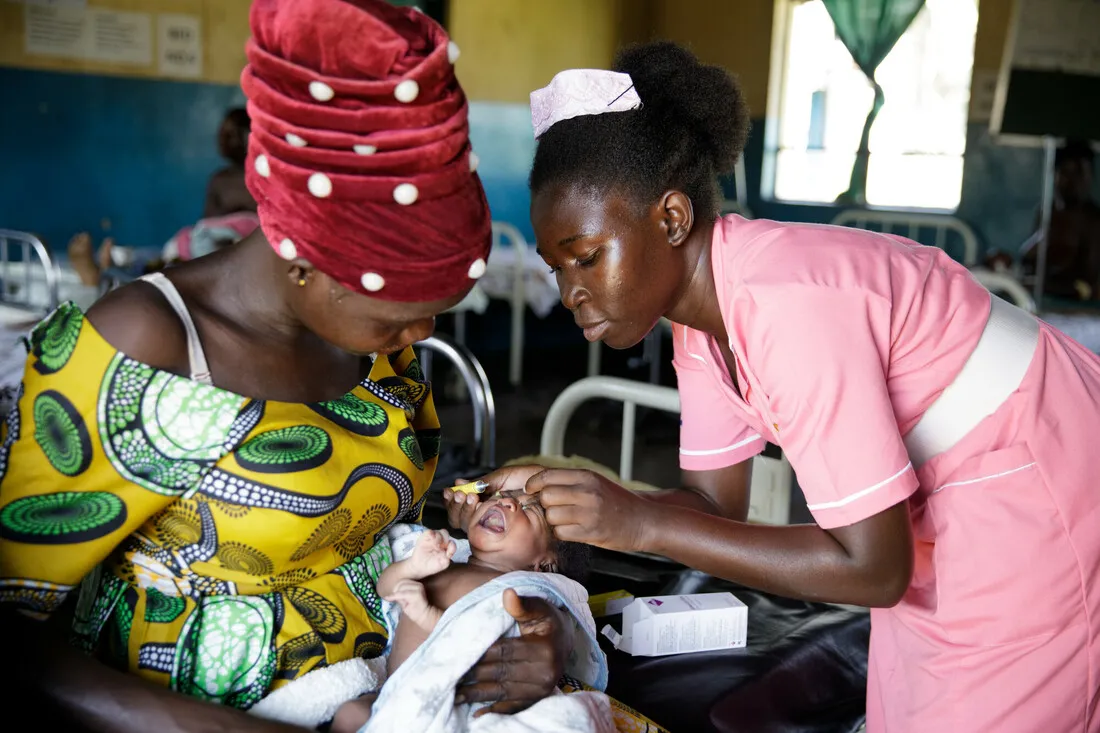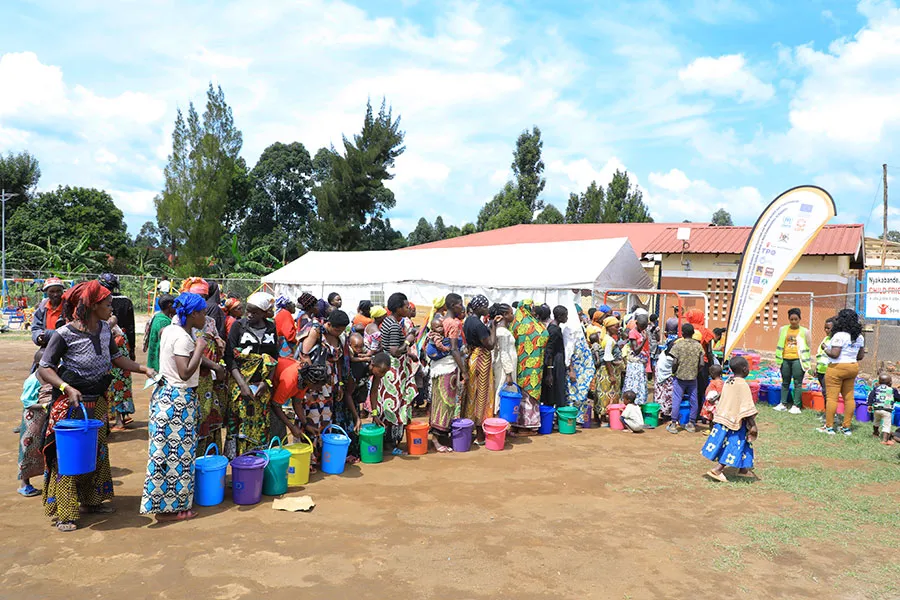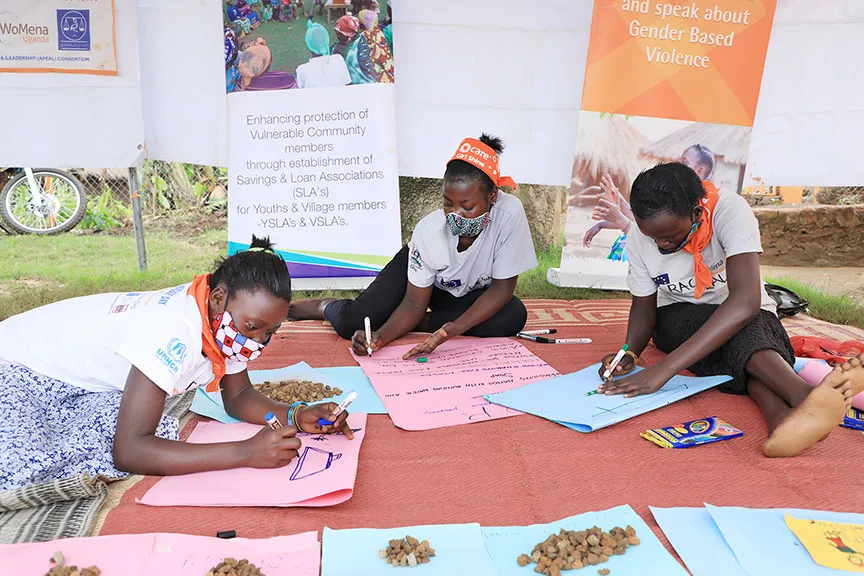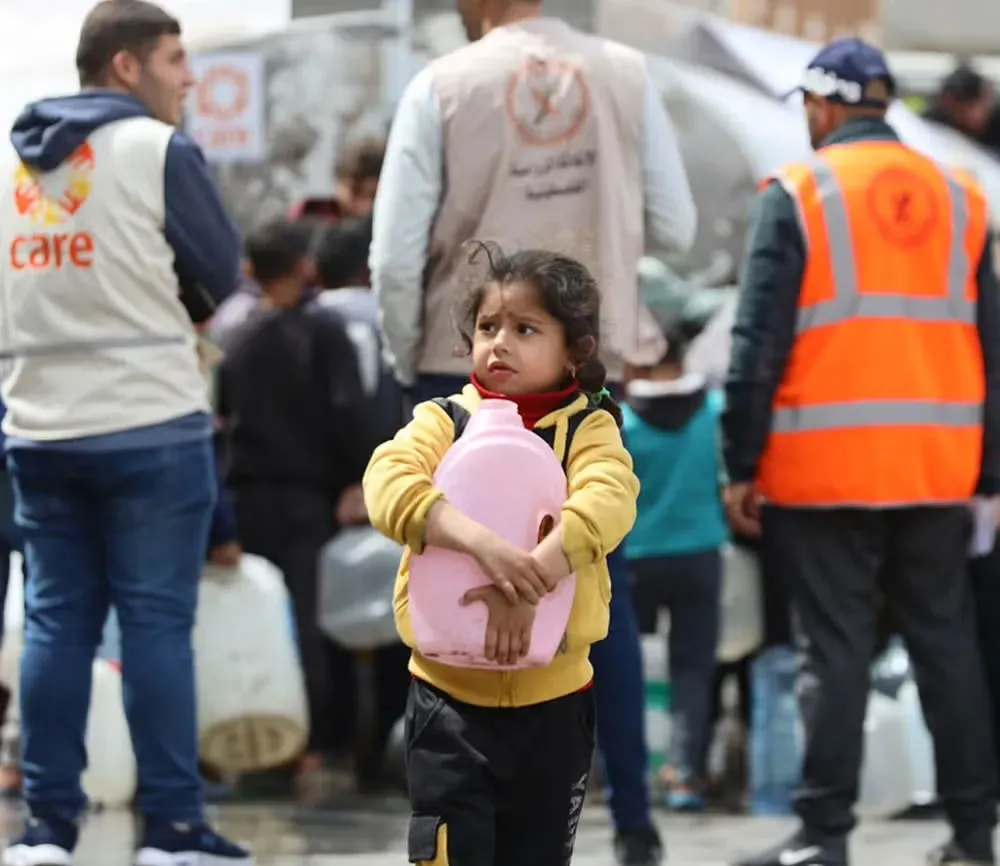About the crisis in Uganda
Thousands have fled violence in South Sudan and the Democratic Republic of the Congo
Uganda is currently facing a significant refugee crisis, hosting over 1.7 million refugees and asylum seekers, primarily from South Sudan and the Democratic Republic of the Congo (DRC). Despite the country’s commendable refugee policies, the increasing numbers have put a significant strain on its resources and services.
South Sudanese refugees constitute the largest group, comprising 54.9% of the total refugee population in Uganda. They have been forced to flee their homeland due to violence, food insecurity, and limited access to essential services. Congolese refugees, accounting for 31.1% of the refugee population, are escaping ethnic violence and militant attacks targeting civilians.
As of September 30, 2024, Uganda has seen an influx of Sudanese refugees, who make up 36% of the 110,708 new arrivals since the beginning of 2024. This influx has further strained the country’s already stretched humanitarian services.
The region faces outbreaks of disease like Mpox, cholera, and more
Beyond the refugee crisis, Uganda is also confronting significant health challenges. The region is experiencing an ongoing Mpox outbreak, and there’s a risk of Marburg disease spilling over from neighboring Rwanda. Additionally, the country remains vulnerable to diseases like cholera, malaria, and Ebola.
Erratic heavy rainfall has further complicated the situation, leading to poor road conditions and hindering timely responses to health emergencies and service delivery.




